A few natural highlights from another year of trying to get a perfect wildlife snap! You can find the photos I took of these highlights littered around the Sciencebase website, in my Imaging Storm galleries, on my Instagram and Mastodon.
We started the year on the North Norfolk coast as usual, with Pink-footed Geese etc at Wells, and Shorelarks, Snow Buntings, and a White-tailed Eagle at Holkham, and various other sightings of avian life elsewhere on our walks.
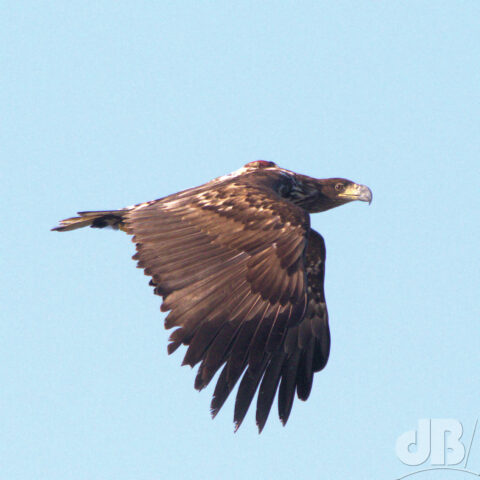
Soon after we got home there was an alert for a relative rarity and so I saw a couple of Smew at Meadowlane Pits, St Ives. Later that month, Mrs Sciencebase and I went to NT Burwell Fen for the Short-eared Owls. I wrote about processing my SEO photo earlier in the year, you may recall. If I remember rightly there was just one at that time but at least a couple of Barn Owls. There were seven or so when I went back to Burwell Fen in November, also saw one of the pair of Little Owl, and on my way home, a Merlin flew across the footpath in front of me, calling all the while.
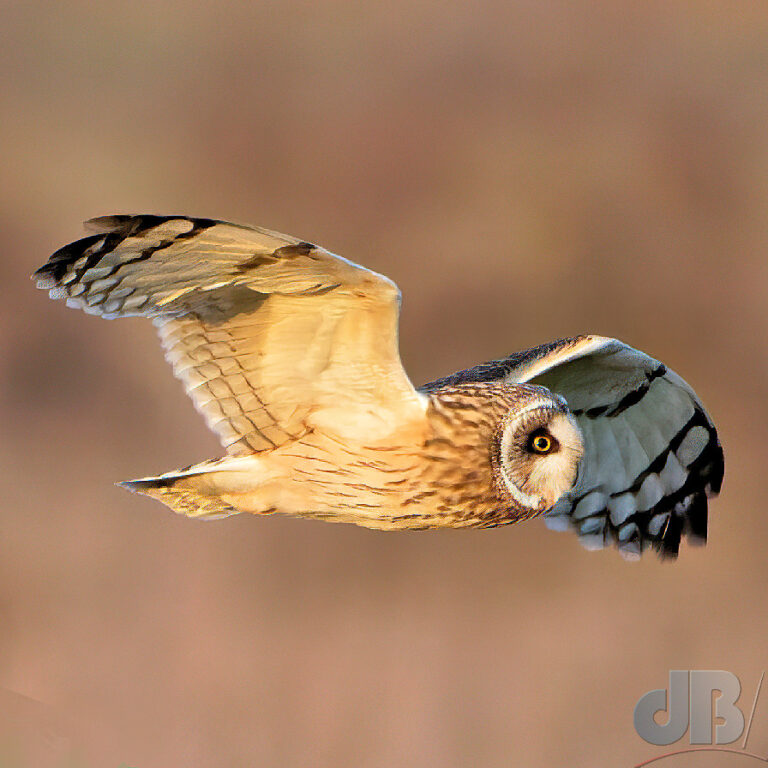
Lots of Red Kites still hanging around the A10 dump viewed from Long Drove, Cottenham. They peaked at between 40 and 50 at the end of 2022, although my record count of them among the Long Drove hedgerows and trees behind the dump was 26, which is still amazing for this part of the world and testament to how well this species, once extinct in the UK, is now doing. Last time I checked there were a dozen or so, early December.
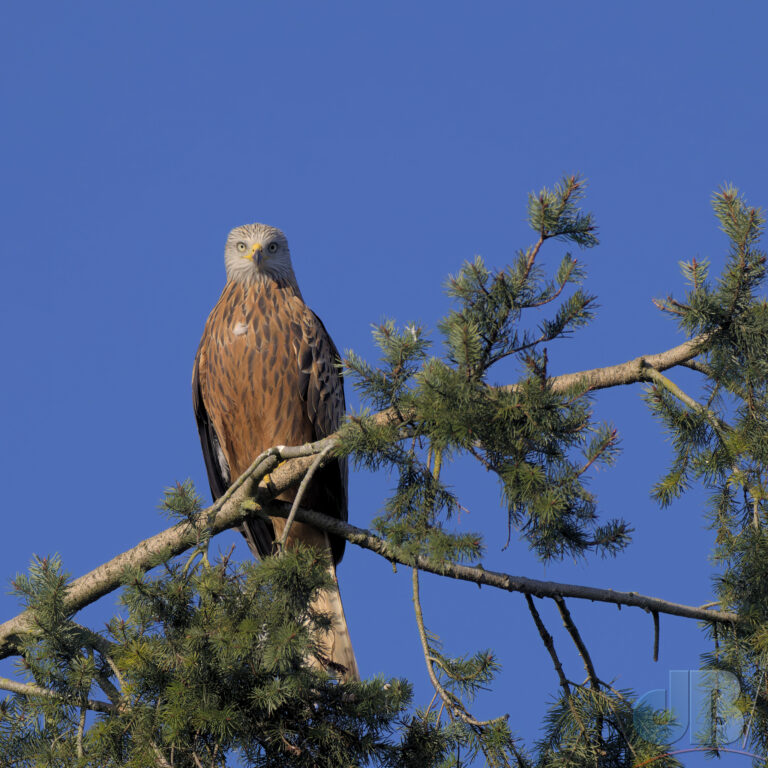
Mrs Sciencebase and I had made another visit to Norfolk in February for an early-morning Wader Spectacular at RSPB Snettisham. It was dark and drizzly when we got up, but worth the effort to see the thousands, if not tens of thousands, of Knot, countless Oystercatcher, lots of Avocet etc doing their thing as the high tide peaked. Spectacular.
Then, in March, I suffered an injury, which precluded any driving, cycling, or walking for several weeks. Moreover, that injury, coupled with bad weather, did nothing much for my getting outdoors and exploring nature. However, closer to home, our son counted 34 frogs in and around our pond one night and we had lots of frogspawn again this year. Plenty of damselflies used the pond over the summer and some dragonflies too. Incredibly, one morning, stuck in the house, I saw a Spoonbill fly up the street, which was quite astonishing. At the time, there had been reports of one south of us that ended up on a reserve north of us.
I got a decent shot of a Green Hairstreak at the local Les King Wood, which later in the year won me an award. We also had some butterfly species in the back garden that I’ve not seen in the garden before, notably Common Blue and Small Copper.
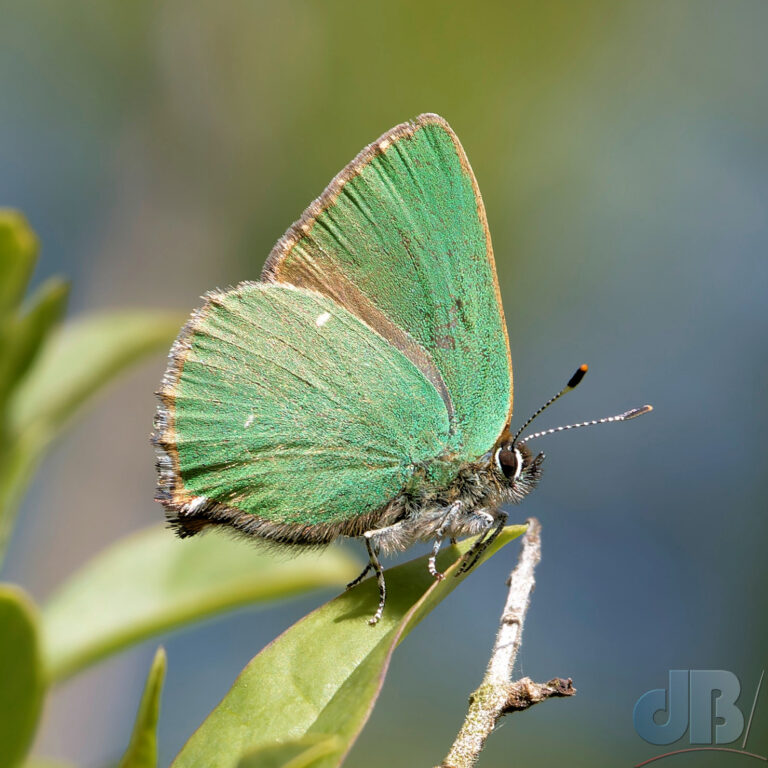
We saw our first Choughs on a trip to Anglesey in May as well as Guillemots, Fulmars, Kittiwakes, Razorbills, a couple of Puffins and an egg-stealing Raven.
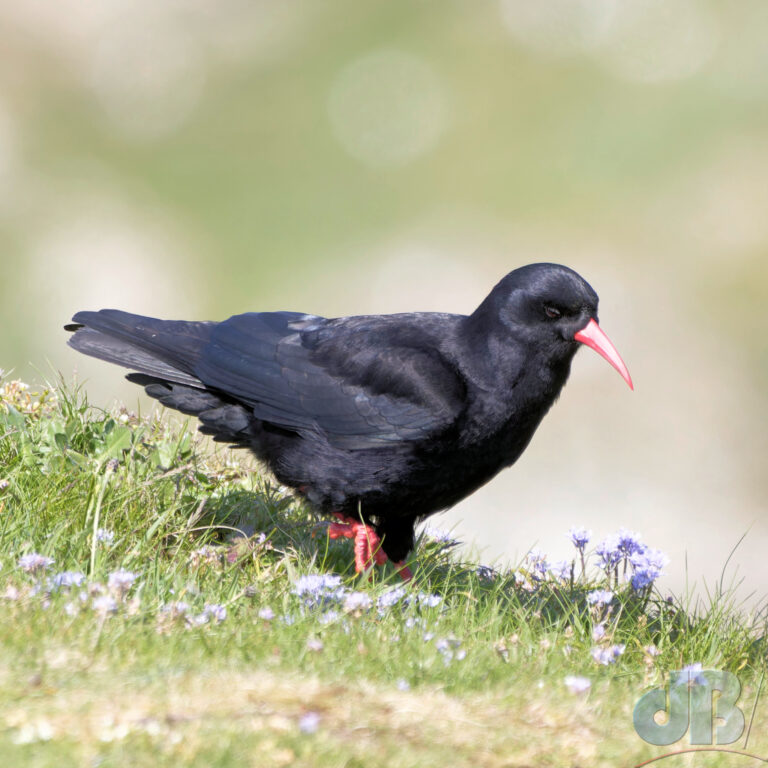
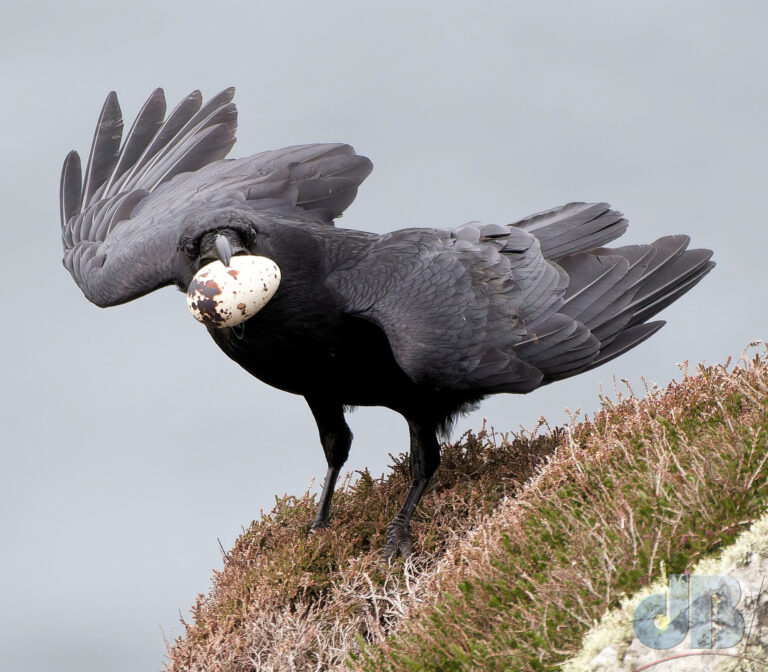
The weather wasn’t great during the main butterfly season, but I still managed to catch sight of Black Hairstreak, Purple Hairstreak, and Purple Emperor again. Ticked just one new butterfly species this year, despite efforts to find one or two others off our local patch, that was Dingy Skipper at Devil’s Dyke, Newmarket. In the previous two butterflying seasons, I’d added 5 or 6 each year to my “tick list” and found new colonies, previously unreported, of a couple of hairstreak species. The White-letter and Purple were again present in Rampton Spinney too.
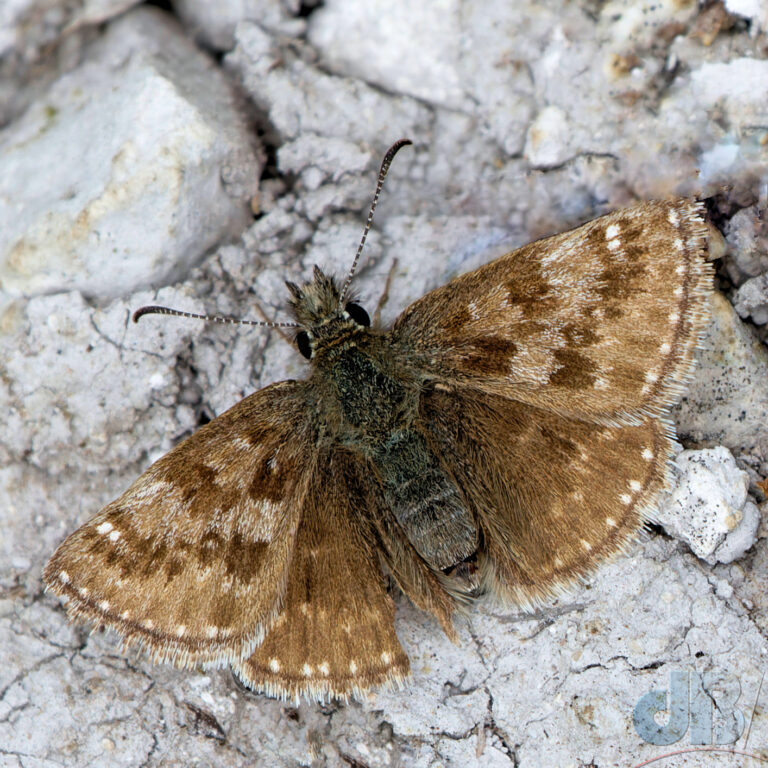
I headed to Magog Down nature reserve at what I hoped would be the height of the Small Blue butterfly season and saw dozens and dozens of these dainty little creatures. Many of them landed on camera and bag and coat and trousers while I was trying to photograph their activities among the wildflower meadows there! My one or two trips to Trumpington Meadows this year were relatively fruitless. See also the Edwards’ Wood in Dry Drayton, quite a few Marbled White there again this year though.
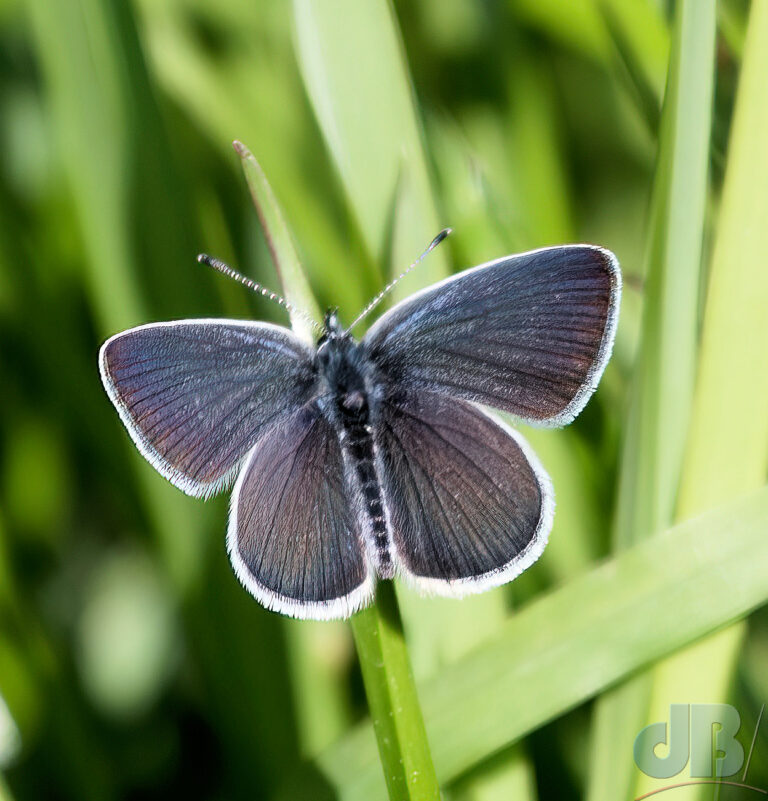
Mrs Sciencebase and I headed back to North Norfolk for a camping trip in Stiffkey where I did a bit of toilet-block mothing and saw my first Beautiful China-mark and Marbled Brown moths. We also camped much more locally near RSPB Ouse Fen this year and had early morning Bittern but little else. Cambridge Folk Festival this year had us camping under a Horse Chestnut tree and seeing dozens of Horse Chestnut Leaf-miner moth, which I’d seen in the garden once or twice this season.
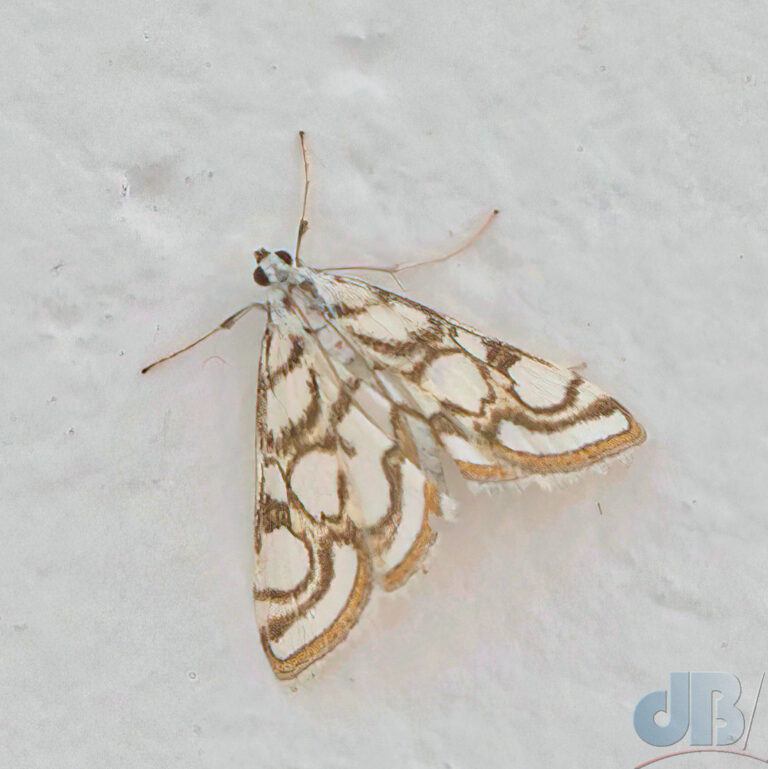
While we were staying in Stiffkey we headed to Trimingham where Bee-eaters were attempting to nest and breed in a disused quarry. We had good views of them sporadically over the course of an hour or two.
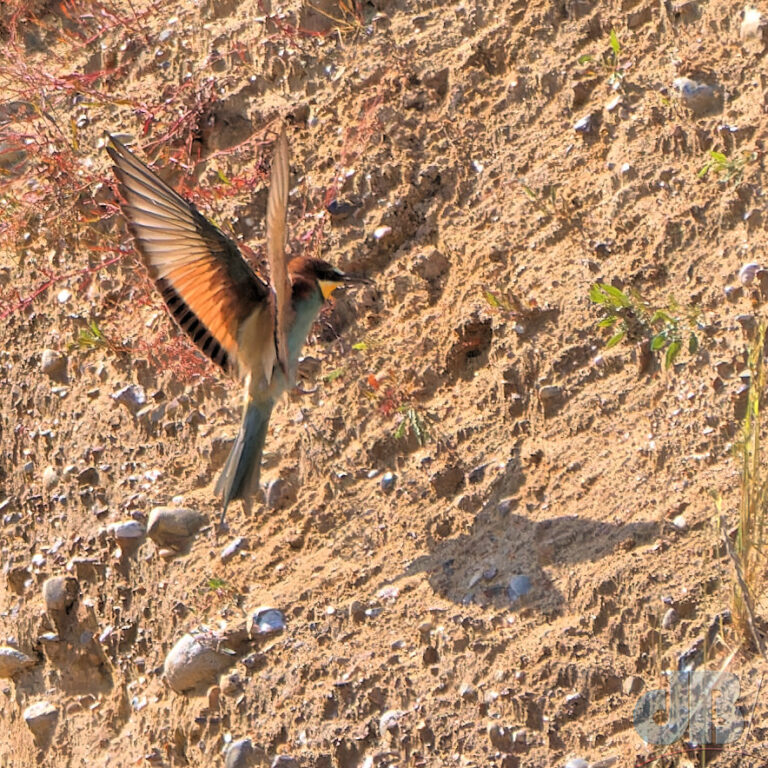
First sighting of an Orange Conch micro moth at Les King Wood. Also saw Small Eggar larval nest, Brampton Wood. Brassy Longhorns once more on Cottenham Lode. It’s such a shame that even after my eco efforts the Environment Agency still feels the need to hack back the lode banks and destroy the flourishing wildflowers on the upper part of the slope so early in the season.
Another owl sighting was a Tawny Owl that flew out in front of us on the High Street in the village as we cycled home at dusk from choir rehearsal one evening. We heard Tawny Owls on the village green, but also in our neighbours’ gardens on several occasions in the late summer and into the autumn. Little Owl also heard occasionally somewhere on the village green after dark.
I took part in a mothing morning at Coton Orchard in the summer, which was very interesting. That did mean I missed out on a butterflying event at Chippenham Fen. So I headed there the day after and ticked Scarlet Tiger moth and Silver Barred (although I only have photographic evidence of the former).
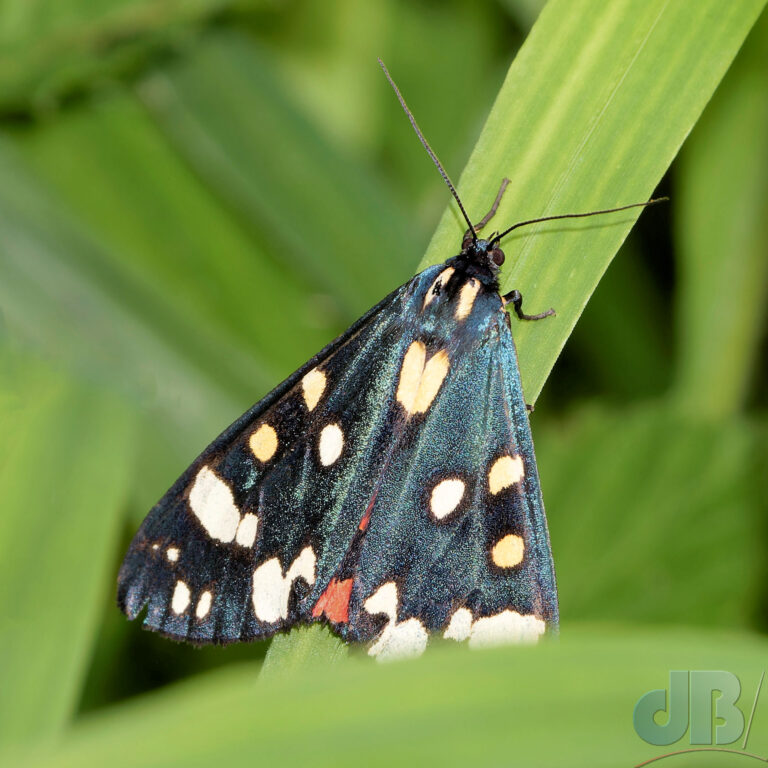
2022 was an irruption year for Clouded Yellow but we had to go overseas, Cala’n Porter on Menorca specifically to see them this year. While we were there we also saw Cleopatra, Swallowtail, and possibly Two-tail Pasha, an African species of Blue butterfly in numbers. Also Pine Processionary moth after the rains of our final night in the hotel. A highlight was perhaps Booted Eagle flying low over our hotel, Egyptian Vultures at a beautiful cove we walked miles to and swam at. There were also lots of Pied Flycatcher, Shrike, and Black Redstart on an early morning walk, and numerous Blue Rock Thrush at the aforementioned cove.
Our next trip involved a short stop at rellies, who were not surprisingly incensed by an Indian Meal Moth infestation in their home. That stopover was on the way to Dorset and Corfe Castle. We saw Sika Deer again at RSPB Arne as well as Osprey, but no White-tailed Eagles there this year. We did catch sight of a lot of Red Squirrels and dozens of Spoonbill on Brownsea Island on a Poole Harbour trip. I also did a bit of mothing in the courtyard garden at our Corfe Castle holiday cottage and recorded my first Autumnal Rustic, Feathered Ranunculus, Heath Rustic, and Horse Chestnut moth there.
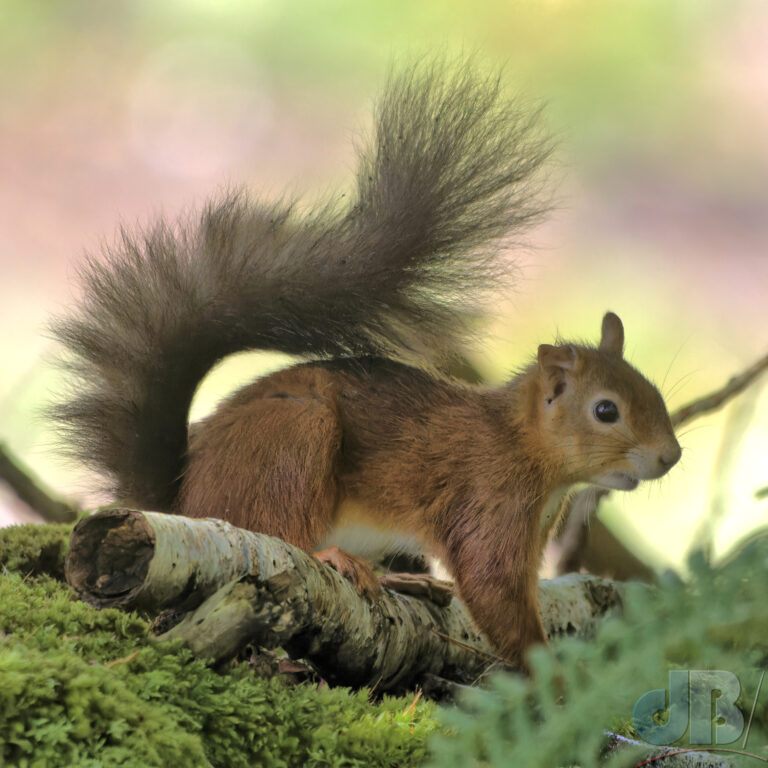
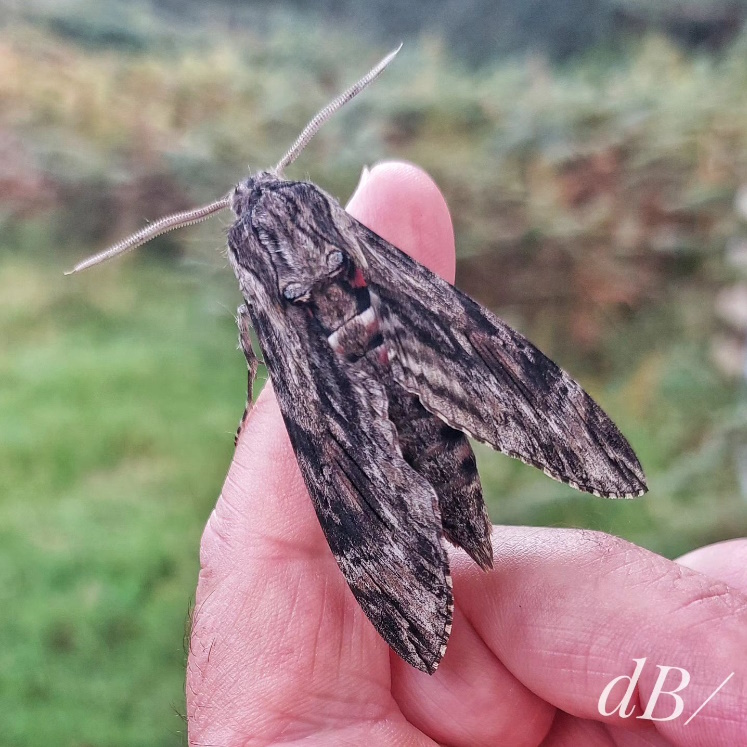
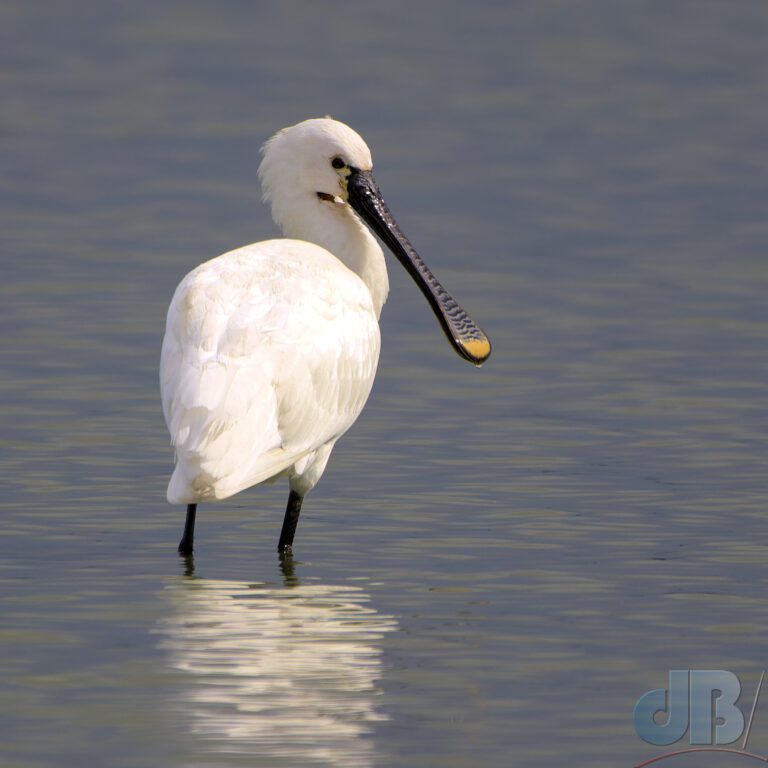
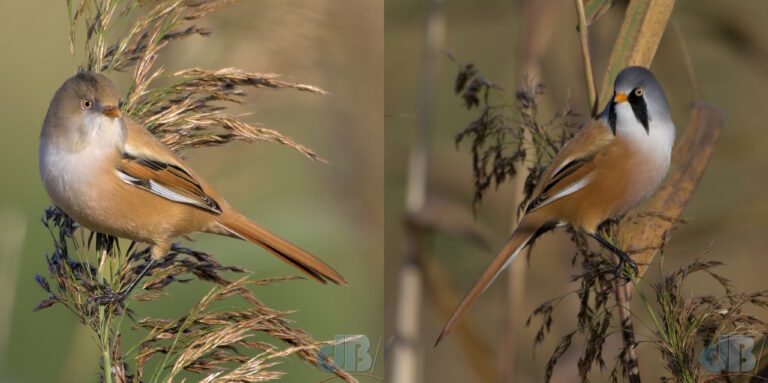
Meanwhile, back at the ranch. I’ve recorded well over 8000 moth specimens in our back garden in 2023 of 324 species. 44 of those were new for the garden this year and included some of the most wonderful vernacular names for micro and macro moths: Acer Sober, Alder Signal, Birch Conch, Blackthorn Slender, Breckland Plume, Brindled Shoot, Bud Moth, Bordered Carl, Common Cosmet, Common Slender, Corn Moth, Cypress Groundling, Dark-barred Twist, Dark Pin Knot-horn, Dusky Groundling, Early Oak-piercer, Ermine Knot-horn, Feathered Bright, Fruitlet Mining Tortrix, Fulvous Clothes Moth, Leopard Moth, Lesser Tawny Tubic, Little Grass-veneer, Horse Chestnut Leaf-miner, Mallow Groundling, Marbled Orchard Tortrix, Netted Argent, Northern Deep-brown Dart, Pale-backed Clothes Moth, Pale-streak Grass-veneer, Pine Leaf-mining Moth, Pine Marble, Pointed Groundling, Poplar Kitten, Red-brindled Dwarf, Red Chestnut, Ruddy Flat-body, Small Wainscot, Smoky-barred Marble, Spruce Knot-horn, Strawberry Tortrix, Thatch Groundling etc.
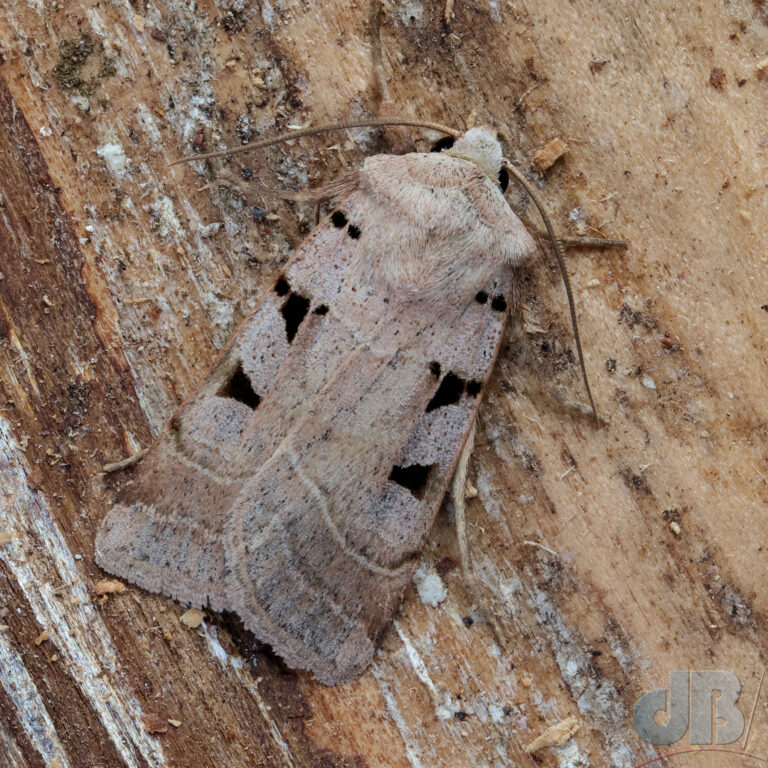
Late November, we knew there were a few Short-eared Owls (perhaps) five at NT Burwell Fen. It’s only 20 minutes drive from here, so we headed out on a Monday lumchtime with a picnic. Got there just after 1pm, 5 or 6 Shorties were up and at it by about 2:30pm. The light was pretty much gone by about 3:15pm. My usual feeling is that these birds seem to be most active about an hour before sunset, but it felt like sunset happened an hour early. The various photographers hanging around and complaining that there were too many people there reminded me of a comment someone made about how it’s “all the bloody tourists” that spoil it for them when they go travelling!
Towards the end of November, I was picking up the sound of an occasional Waxwing flying over the house (audio birding with the Merlin app) and at the same time, the birding reports were heralding the arrival of small flocks reaching England. As I update this, 24th December 2023, I can report that I’ve visited three local spots that have had reports of Waxwing and have seen four feeding on rowan trees opposite Coton primary school. Those flocks have moved on, but others seem to be coming in, there’s plenty of time this winter to catch sight of Waxwing again. I’ve written about the interesting places where you might see Waxwing before. In addition, I know there are lots in the North East, a very large flock of 150+ in Jesmond, numerous on the Norfolk coast, and at least one flock of 70+ in Norwich. There were early reports of flocks of 500+ in Scotland.
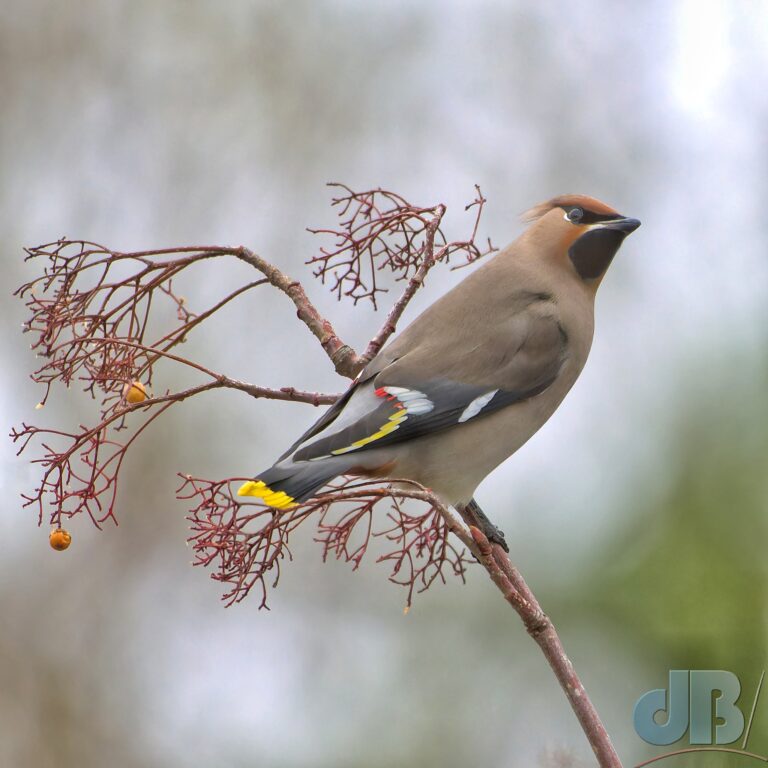
Anyway, I’m hoping for a better year in terms of improved mobility in 2024 and given better weather and the opportunity to make the most of the butterfly and birding seasons, I will hopefully have some new wildlife to show you this time next year!